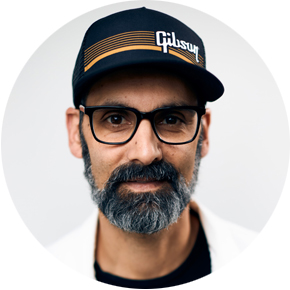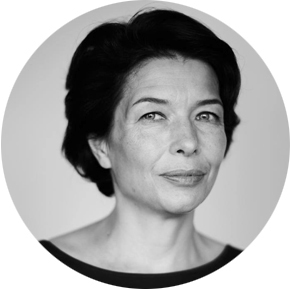From February, the Yerevan cinema theaters will screen The Cut historic drama shot by German director of Turkish descent Fatih Akin. The plot hinges upon the period during the Armenian Genocide and following years. The closed screening of the movie for journalists will take place in Yerevan today. Mardik Martin who is of Armenian descent is among the screenwriters of the movie, and he agreed to talk to us.
The Cut stands out not only because it’s the first time in the history that a Turkish director shoots a movie on the Eghern, but the fact that Mardik Martin who has Armenian roots is among the creative cast of the film as a screenwriter. Few people know about Mardik Martin now while he was one of the people in the 1970-s who changed the “face” of the Hollywood cinematography and showed real lives on the screens.
Born in Baghdad, Mardik settled in New York in the 1960-s, as his father didn’t want him to serve in the Iraqi army. After shifting various professions, he entered New York Film School where he got acquainted with his future partner and legend of cinematography Martin Scorsese. By the way, Armenian Hayk Manukyan was one of their lecturers. It was him who advised them to work together.
The advice proved more than effective. In 1973, “Mean Streets” criminal drama was released. The film brought fame not only to director Scorsese and screenwriter Martin but also leading actors Harvey Keitel and Robert de Niro.
Then followed 2 documentaries - Italian Americans featuring the story of Scorsese’s parents and Last Waltz dedicated to the Band rock group (it is considered one of the best pieces of rock-documentary), and 2 more movies - “New York, New York” (Frank Sinatra’s famous song of the same name was composed as a soundtrack to the movie) and “Raging Bull”, popular sports drama with De Niro starring as boxer Jake La Motta.
Afterwards, Scorsese’s and Mardik’s paths diverged. The director re-found himself and achieved many heights, while Mardik gradually left the “big cinema”.
“The Cut” is his first major work over the 34 years.
- When exactly did you join Fatih Akin? Did he already have a story in mind at that point?
- Fatih had a rough of a story, which we used as the main thread to base the script on. My main contribution was making the story simpler, more cinematic, and rewriting the last third in a way which was different than what he had.

- Few years ago in Yerevan, Akin told me in an interview that Raging Bull is one of his most favorite movies ever. Was that one of the reasons why you worked together? And have you seen Akin’s previous films?
- I don’t know about his love of Raging Bull except that it's a movie he loves. I assume he liked my work, especially Mean Streets. My reason for working with him: this was a story I wanted to tell and I didn’t put any of his films as a reason, although I liked his work.
- What attracted you most in this project?
- This is a story that has to be told. I wanted to be one of the first to tell it to the world. It’s about time audiences learned what Armenians had to go through.
- I guess Genocide is not just a historical event for you but something that made your family move from Armenia to Baghdad many years ago. Did you use stories you heard in your family while writing The Cut?
- Indirectly. My only family connection with the massacres was through my mother’s father, who was killed in defense of his family's village.
- Not that many Genocide films have been shot till now. Did you watch any of them -Henri Verneuil’s Mayrig, Atom Egoyan’s Ararat etc before you started working on The Cut? If yes, what you liked and disliked in them? And what is the most important part in reflecting such tragic historical events in films?
- I did not see any of the above movies. Frankly, I was told that they were not good. The important part of telling the story of an historical event is audience edification. In this case, it took a century.
- It was your first feature film since 1980’s “Raging Bull”. More than 30 years! What did you feel about it? What was the most difficult part?
- I had become a full time professor at the University of Southern California. I enjoyed teaching immensely. It did not have the heartbreaks of writing a script, giving birth to it, and then several years later, having it die because the studios didn’t spend the requisite money.
- Will you work on other scripts after The Cut that may be filmed in near future?
- Very unlikely. I intend to retire peacefully with a part-time professorship at USC. Life is passing me by as I get older.
Artavazd Eghiazaryan talked to Mardik Martin


























Comments
Dear visitors, You can place your opinion on the material using your Facebook account. Please, be polite and follow our simple rules: you are not allowed to make off - topic comments, place advertisements, use abusive and filthy language. The editorial staff reserves the right to moderate and delete comments in case of breach of the rules.